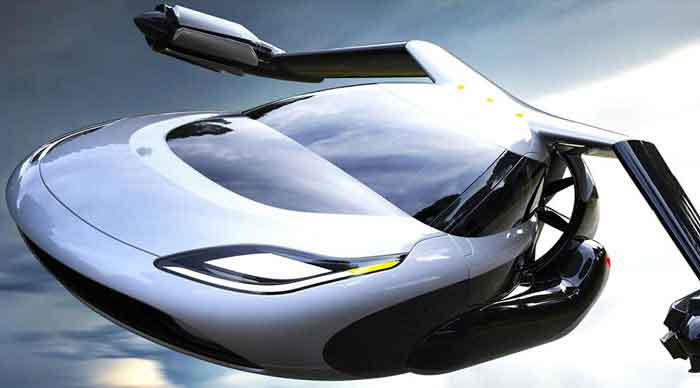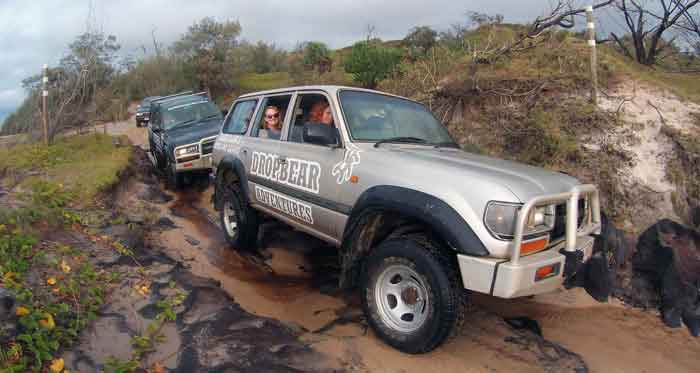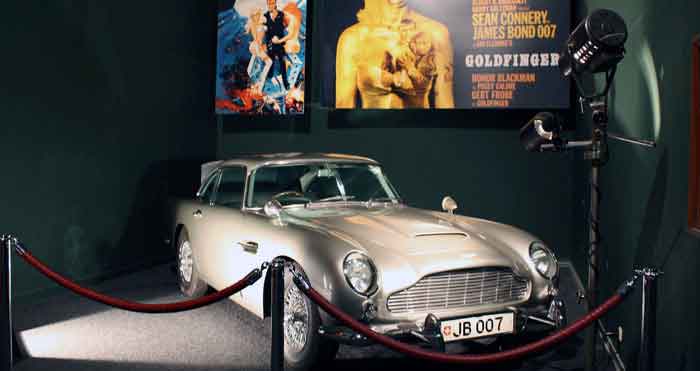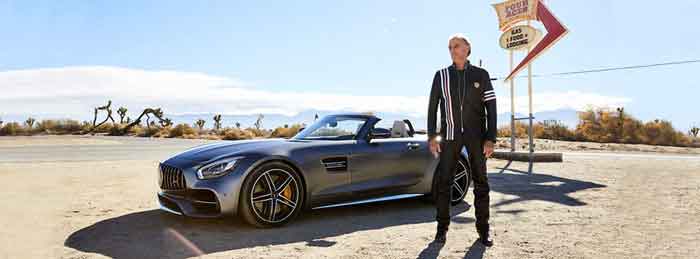It is a concept that we are all familiar with as popular media constantly predicts the future will hold domestic vehicles that, not only travel by road, but also by water and air. All the time there are new videos emerging of possible concept cars that can take to the skies, but how realistic is this concept, and just how soon could we see it becoming a reality?
The definition of a flying car is provides door-to-door transportation by both road and air. Many prototypes have been made to date, but nothing has reached a production status yet. This title sometimes includes hovercraft and drivable aircraft.
Perhaps one of the most hopeful conceptual designs is the TF-X by Terrafugia. This is a small compact vehicle with the ability to fly, but comes with various restrictions. The TF-X will not require an airport or an airstrip to land and take off, but will require a clear space of at least 30 m in diameter to create a vertical landing and take-off. It will have a 500 mile range and 200 mp/h cruise speed.
Terrafugia also designed the Transition, which will probably be the world's first commercially available practical flying car, although this will require a landing strip for take off and landing, and will have a range of 400 miles and a cruise speed of 100 mp/h. They are in the stages of finalising production, vehicle design and compliance testing with the view to launch the product in the next few years.
Aeromobil have claimed they will have a model available in 2017/18 based on a concept launched in 2014. This will also require an airstrip to operate, but can transform in a matter of seconds between car and plane by flicking a switch that retracts the wings.
These vehicles are comparable to small aircraft, with no pressurised cabin which will limit the altitude they are able to travel at. There could also be teething problems with regulated airspaces, and users are likely to require both a driving licence and a pilot's license to operate.
Other develops in the world of automobiles that we could see come into effect include autonomous cars. Both Tesla and Google aim to introduce fully autonomous cars - cars that can drive themselves - within several years. Driverless cars are predicted to be much safer than those with a human behind the wheel, although it will probably take a long time before people start trading in their manual cars for fully automated models.
This isn't so unbelievable when you look at some features that companies have added to cars over the years. Some cars have adaptive cruise control which controls the speed of the car based on the speed of the car driving in front, and some cars have fully automated parallel parking features which enable the car to park itself with very little human input.
Maybe these cars of the future are not so futuristic after all. It could be a matter of only a few years before we see some of these becoming commercially available, but it will probably be a long time before they are affordable to the average person.
Other personal drone companies to watch are Ehang and Volocopter. Founded in 2014 in Guangzhou, China, EHANG is an intelligent aerial vehicles technology & service company. The Volocopter 2X turns the vision of “flight for all” into reality. No combustion engine, no noise, no complex mechanics. Just step on board, fly off and arrive in comfort. Welcome to today's innovative mobility concept.





